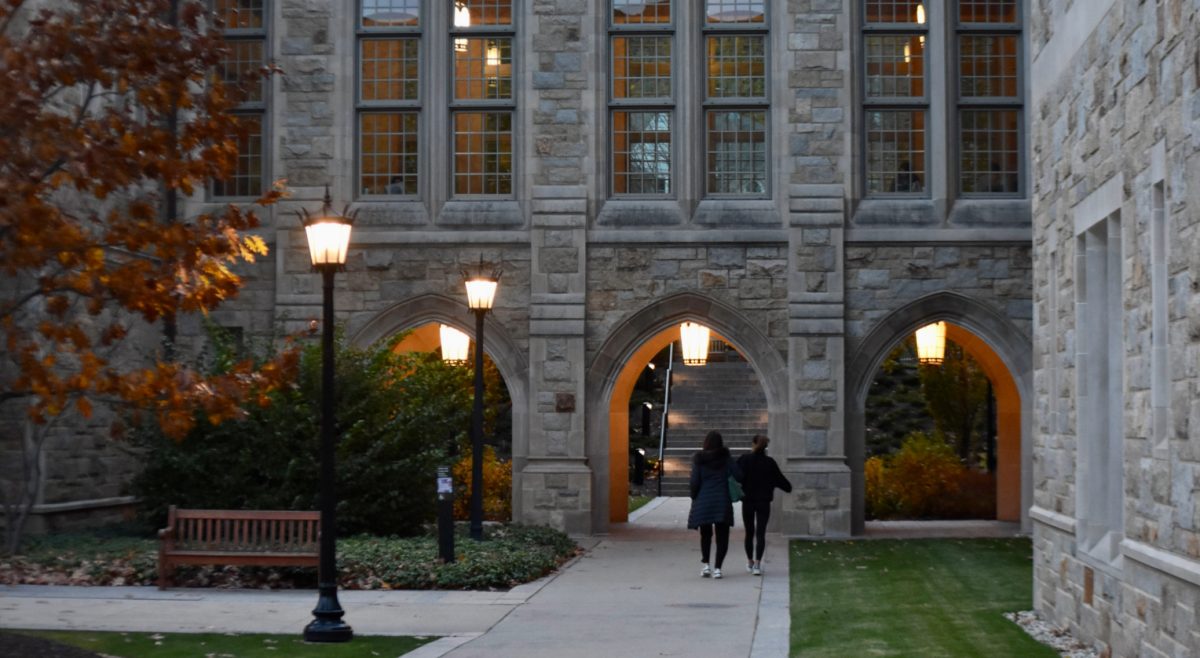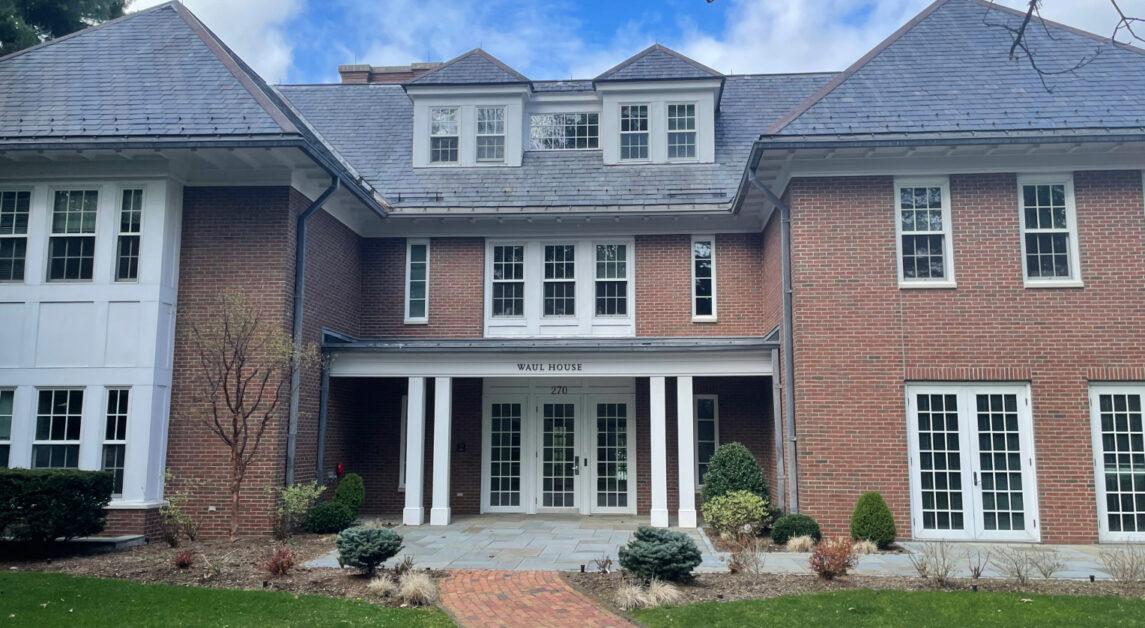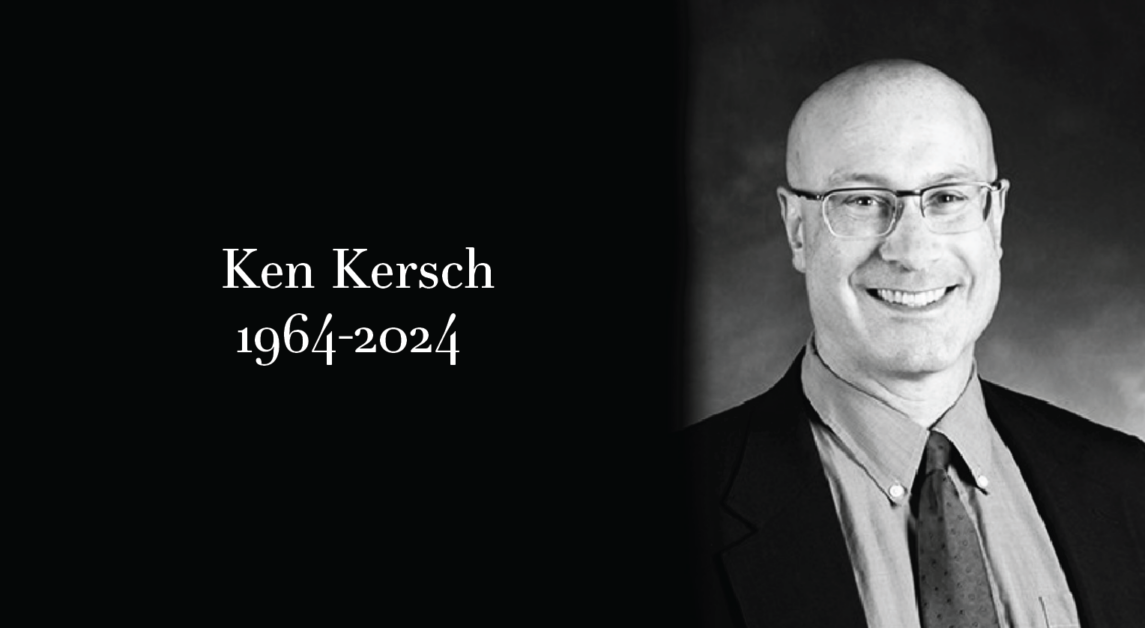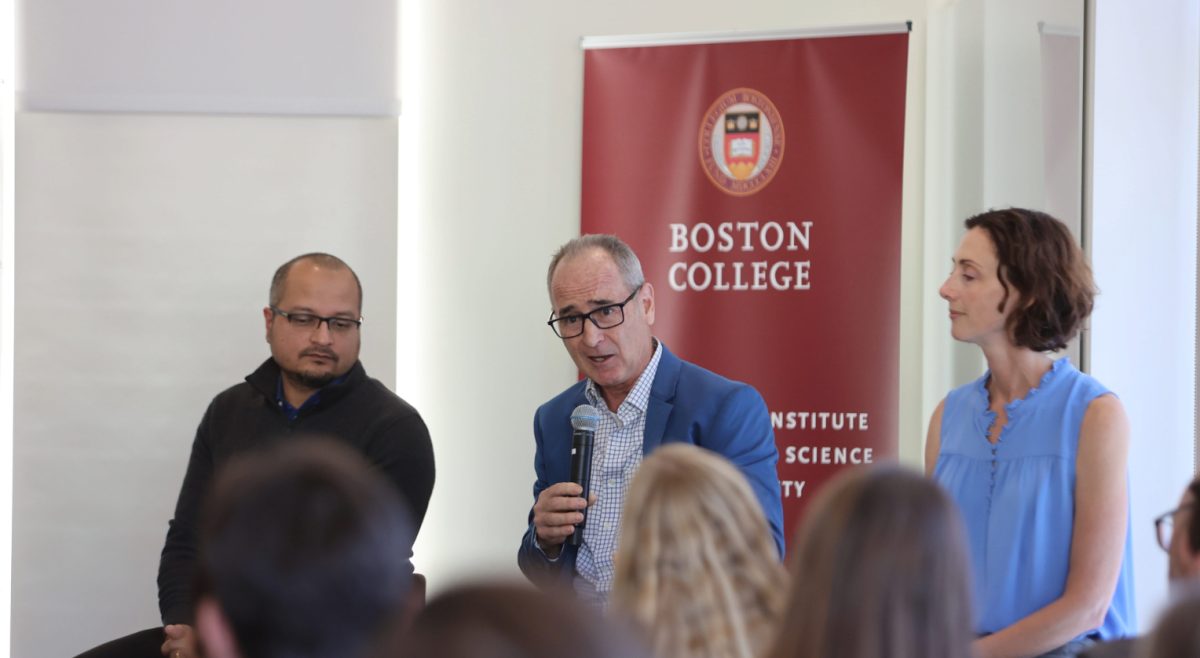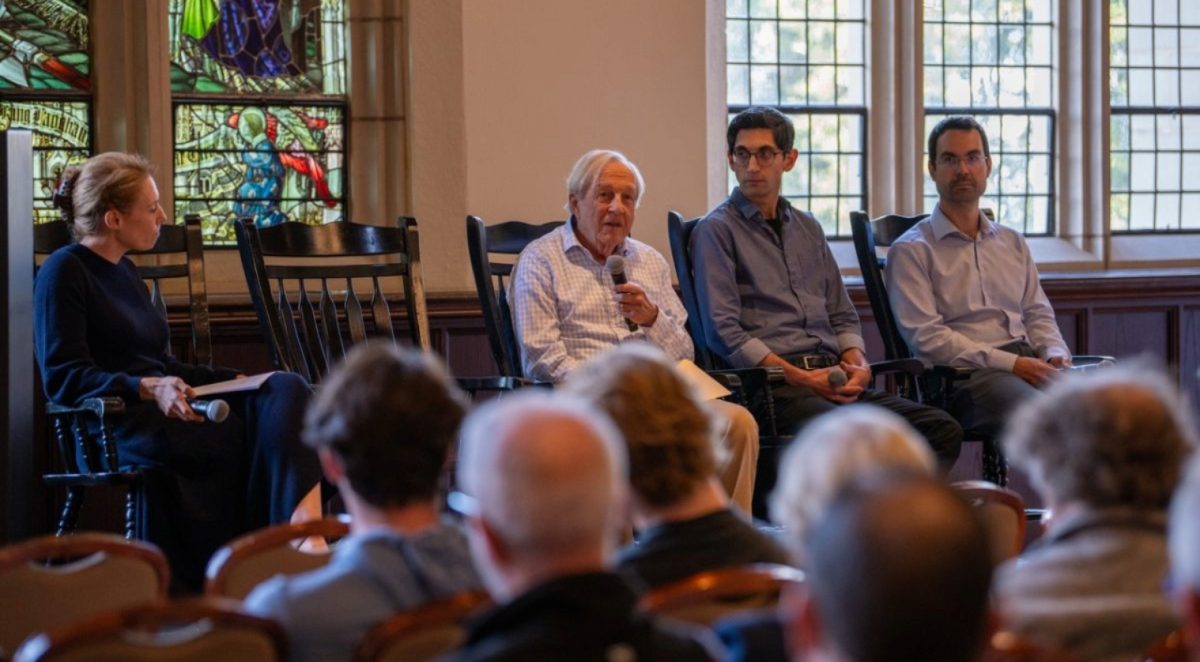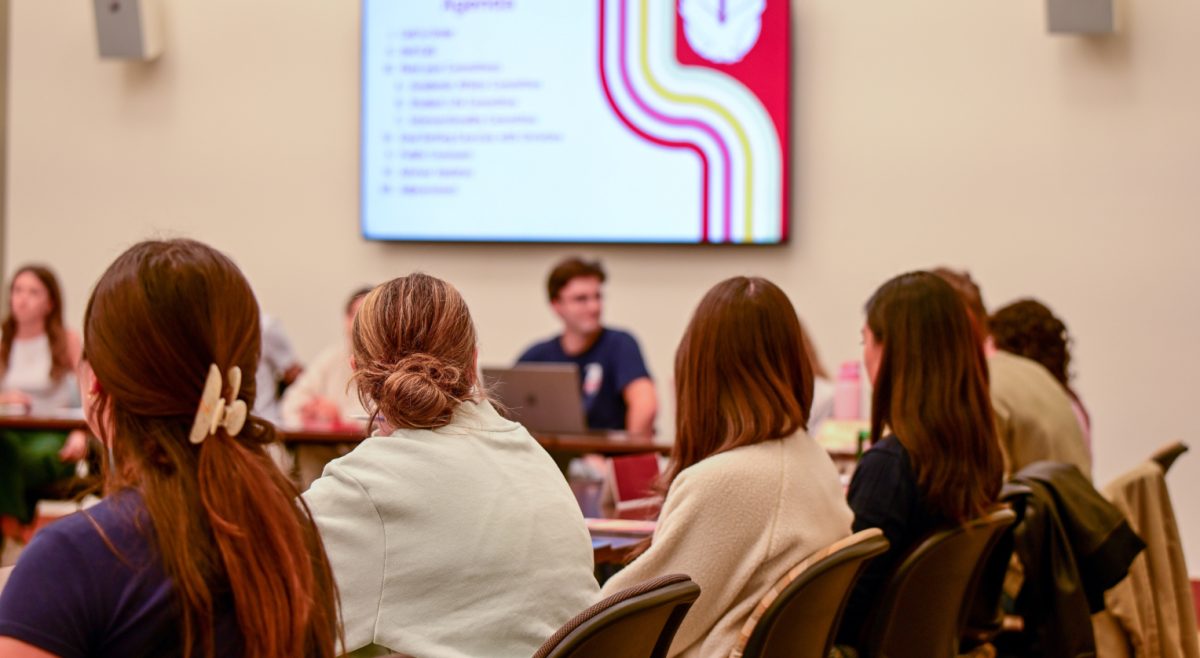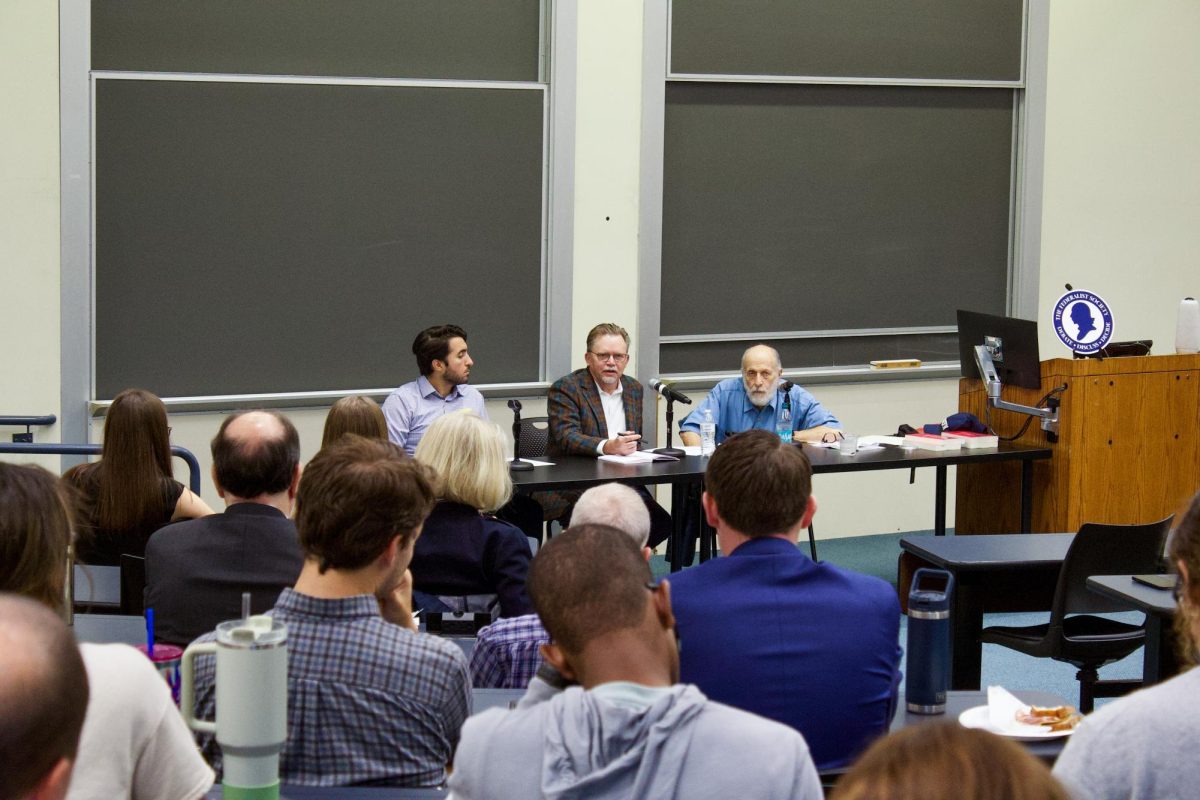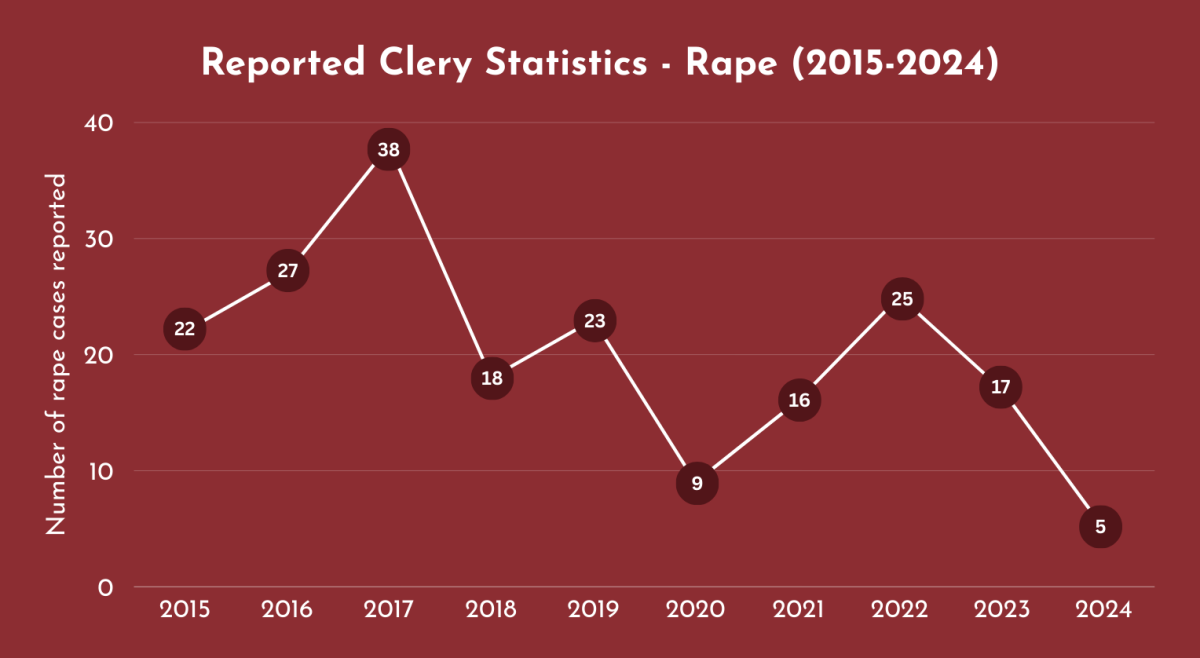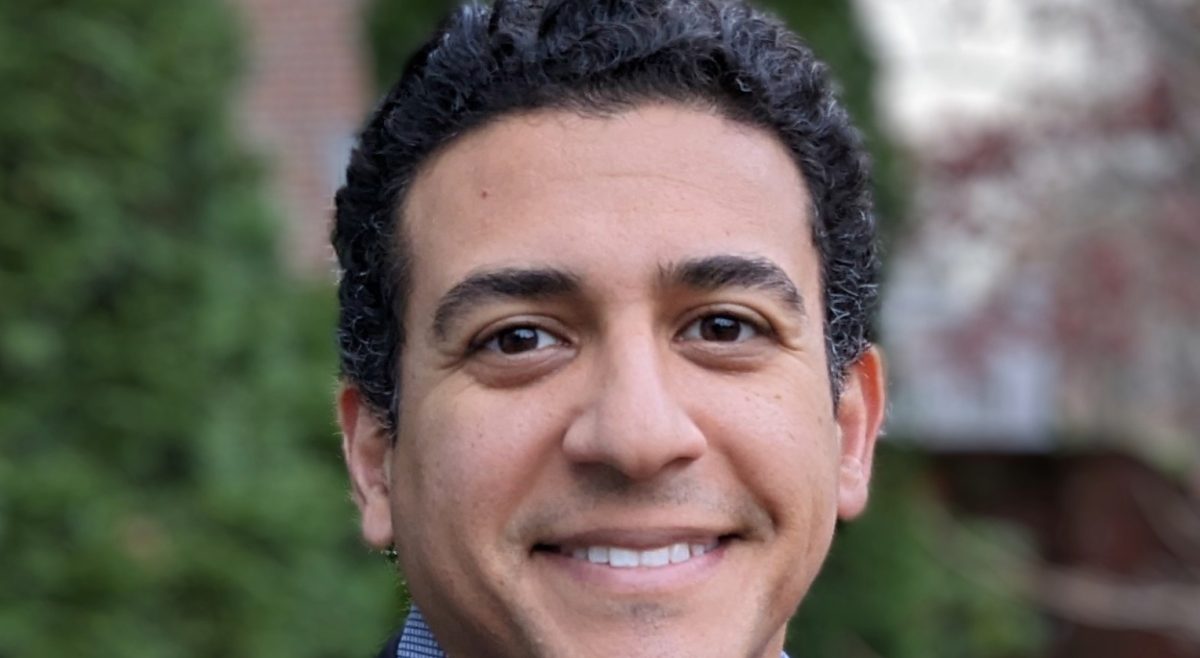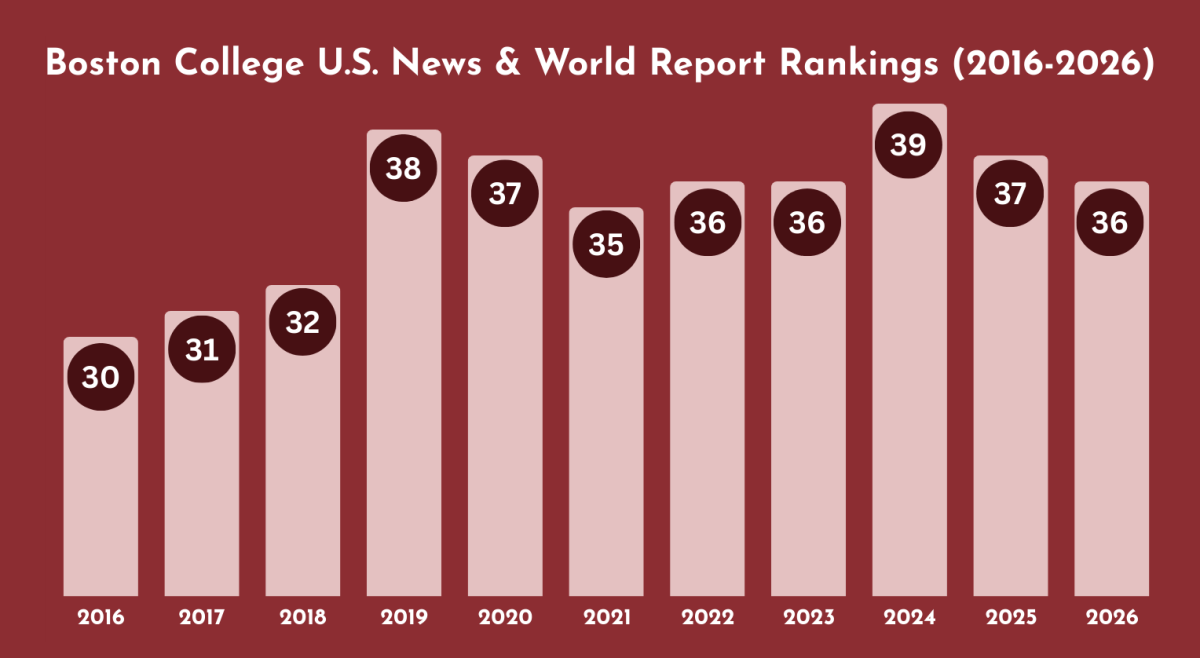Over the summer, Boston College hired 43 new faculty members, according to Vice Provost for Faculties Billy Soo. Twenty-one men and 22 women were hired, and of the entire group, 12 are AHANA+. In terms of visiting faculty, 25 new members were hired: 13 males and 12 females. Of that group, six are AHANA+.
The 26 percent mark in terms of total new AHANA+ hires in 2018 is down from 2017’s number: 46 percent of new hires last year were of AHANA+ descent, which Soo credited to an increased emphasis on hiring AHANA+ faculty moving forward. According to previous Heights reporting, the number in the aggregate hovers around 33 percent.
Each new faculty member was hired during the 2017-18 academic year, according to Soo. Only a few have not begun their tenures at BC—they will take their positions in January.
Each spring, every BC department chair reaches out to their dean’s office and makes a request to fill faculty needs, according to Soo. Factors looked at include courses and credit hours offered and filled by students in a given semester, as well as retirements and departures in their departments. Based on this request, a recommendation is made by each dean to the Provost’s office in regards to how many new faculty are needed for each college—the recommendation includes the department chairs’ original request as well.
Next, the Provost’s office determines how many faculty need to be hired, based on recommendations, student demand on departments, and whether departments are launching initiatives that will require further faculty to staff it.
Soo cited the Schiller Institute’s new engineering undergraduate program and its interdisciplinary programs as an example of an upcoming initiative. About 20 faculty members will be hired in the coming year or two to make up the staff of the program. The pressure applied from needing to hire over 20 faculty members for that program is being kept in mind as the Provost’s office makes hires, with certain positions that have been abandoned via retirement or departure being held in reserve as they will become a part of Schiller once the institute gets off the ground in the coming years.
“It’s a whole balancing act,” Soo said. “It’s something we do every year—assessing which departments get to hire and which ones don’t.”
The computer science and finance departments had faculty demands that needed to be met in time for this academic semester. Finance had to deal with new student demand stemming from the newly introduced Carroll School of Management (CSOM) minors made available to students outside of CSOM.
Soo cited the theology department, the economics department, and the political science department as specific areas approved to search for new hires for the 2019-20 academic year.
In the past, various departments have had to fight being understaffed. At the close of the 2017-18 school year, the University lost 23 faculty members to retirement. In 2017, The Heights reported that the computer science department was “the fastest growing” academic department on campus, and was also seriously understaffed.
Featured Graphic by Nicole Chan / Heights Editor




